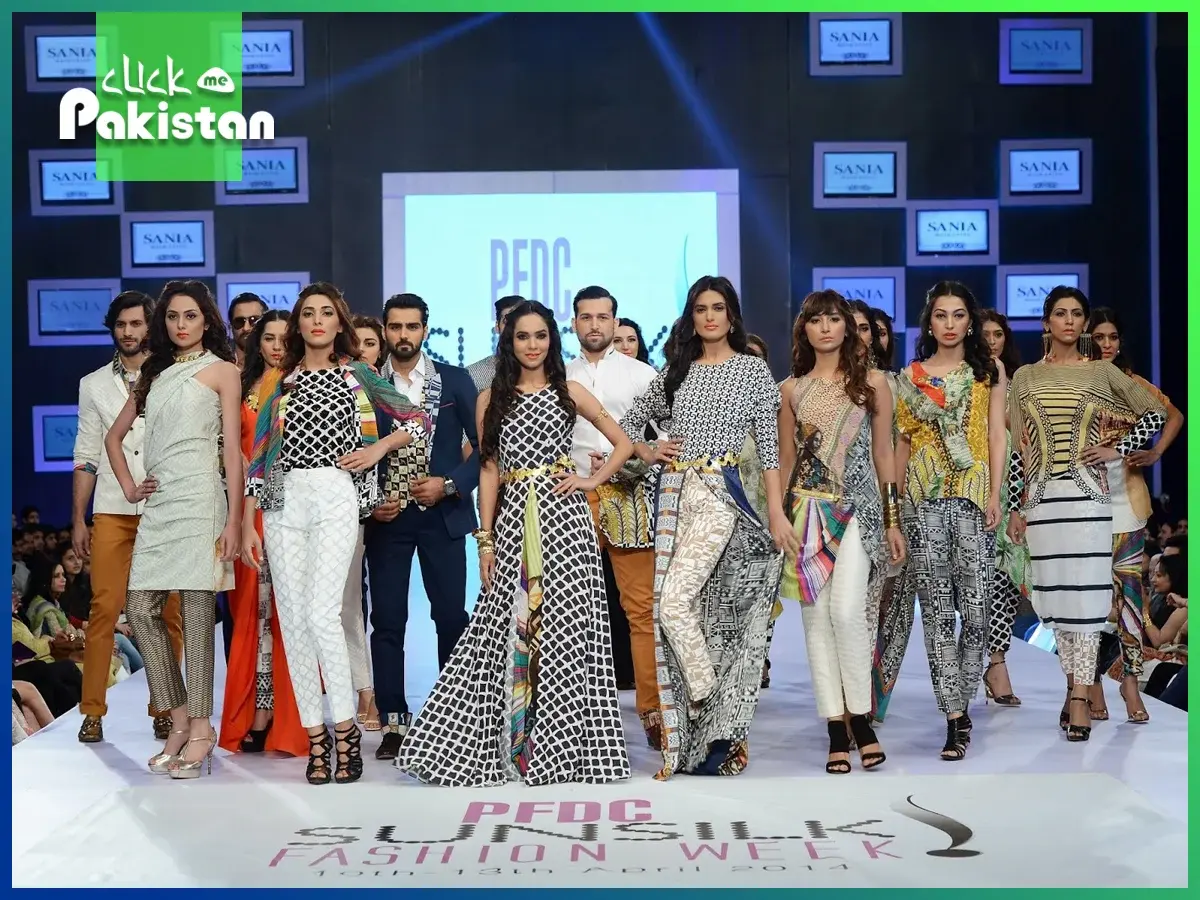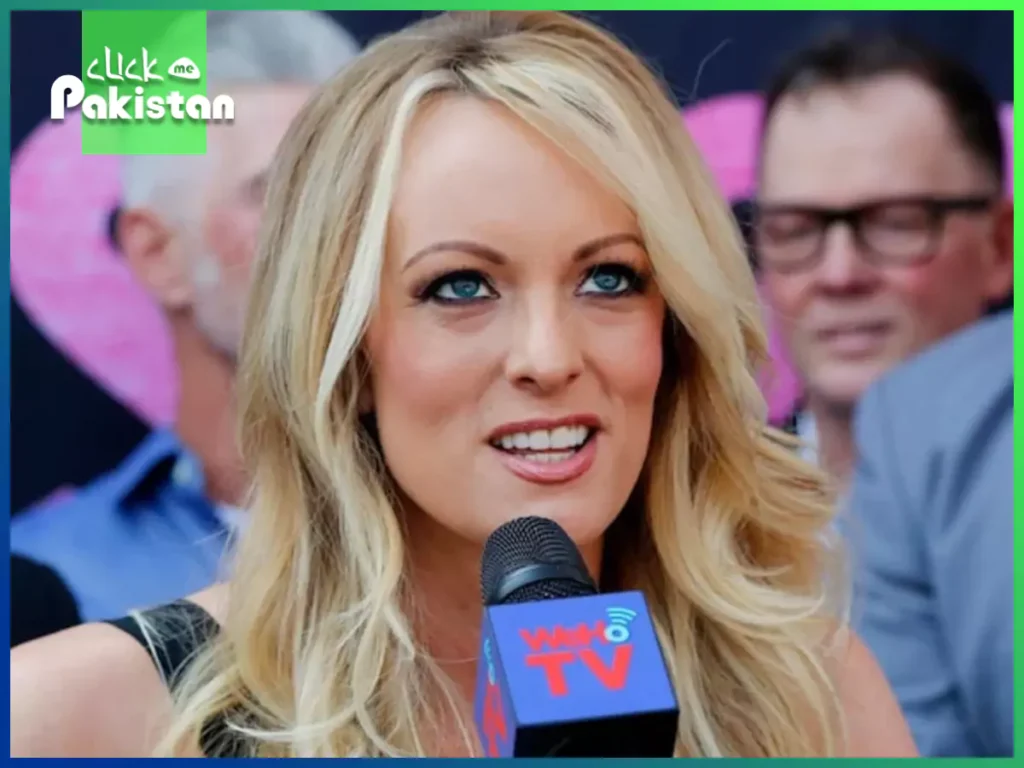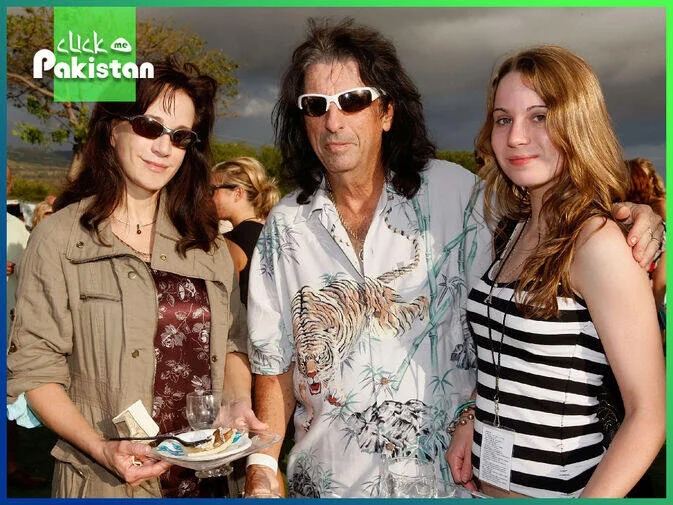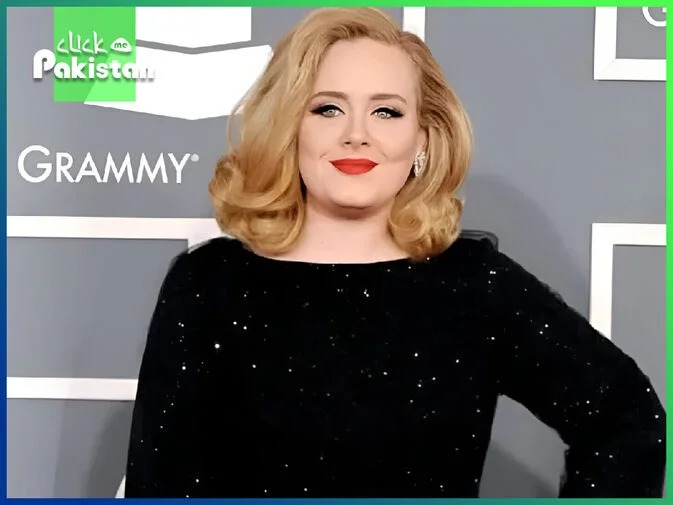Introduction of Pakistani Fashion
Fashion is a term which means ‘an ongoing trend ‘. It refers to how people dress and what kind of external getup most people think is making them look stylish, up-to-date, and sophisticated. While etiquette and manner also somehow come into the count it is comparatively more superficial and dynamic. It changes with winds of time very fast. It can be seen from the vast difference between how people used to dress before and now. Films are the mirror of the society. Therefore comparison is seen live by comparing how the actors used to dress before and now.
Pakistani Fashion
The renaissance of Pakistani fashion in the past five years has been the result of a seismic cultural shift where women are becoming more educated and independent with increased access to opportunities in the workplace.
Many are expressing their new-found socio-cultural freedom and economic power through fashion. Much of this has been fuelled by the boom in social media – to the chagrin of the religious conservatives who feel they are being influenced more by the Kardashians than the Qur’an. Fashion accounts for nearly 20% of the country’s exports. With social media influencers hungry for the next big thing western stars are looking east for inspiration.
Supermodel Gigi Hadid hit the headlines on Instagram wearing a traditional Pakistani outfit from the brand Almirah. Since we are talking so much about Fashion, let’s get into the threads and motifs of history back to the ’60s to the modern day.
Pakistani Fashion In The ’60s The Pop Era

In the 60s Pakistani fashion came under the influence of Western fashion. Short shirts with bright colours and half-calf trousers or bell bottoms became everyone’s go-to dresses.
A pop era came out throwing colours. Also, this era was particularly in many ways a trendsetter for the upcoming years. As it paved the way and allowed more experimentation.
The pop of colour, the head buns, the longliners, the bright eye shadows and the flared jeans were just a few things which were becoming popular and are still utilized in many ways.
Yet, the 1960s is the hippie era too, with the CND sign becoming an iconic symbol for this decade.
Pakistani Fashion In The 70s The Wild Era

After leaving the hippie and mod culture behind in the 60s, this decade got its groove on.
While the previous saw solid colours, the 70s were the decade to wear wild prints and mix up bright colours. Even the conservative men’s fashion took a turn towards the wild side.
Shoes that added up to five inches to your height to skirts available in all lengths; the 70s had it all. Other reports of fashion in the ’70s showed a different side. Shalwar kameez became longer.
Hip huggers sat below the waistline, with matching flared trousers from the ’60s. Shoes were statement pieces with heels becoming longer.
Pakistani Fashion In 80s The Worst Of Times

Pakistani fashion suffered a great deal in the 80s as the newly held regime of General Zia-ul-Haq disrupted the fashion industry. The pro-Islamic dressing and the strict ban on clothing kept the fashion industry dormant for a few years. Pakistani fashion solidified itself into society. It held a mirror up to the world around it and attempted to express the reflection in a range of ensembles. But the 80s was a time of political strife. Ziaul Haq came into power and in 1977 he declared martial law is important to remember that chunky earrings, leg warmers, shoulder pads, oversized tops and, not to forget, the incredibly popular hot pants are all fads of the 80s.
Pakistani Fashion in 90s The Resurgence
The ’90s saw a concoction. A hybrid of everything previously seen in Pakistani fashion, acting as a compilation of the fashion sense captured in the ’50s, ’60s, ’70s and ’80s, but with a twist. The 90s saw a real milkshake of trends throughout the decade.
Inspirational Themes
Moreover, from some inspirational themes that took everyone by surprise, the fashion industry took multiple old trends and mixed them up in a blender to create looks. The grunge look made it big during this particular decade. As fan following of grunge music bands increased.
Pakistani Fashion in 200s The Influence

We witnessed much influence from the Western world and saw a mix of both Pakistani and Western couture which often created great fusion but sometimes ended up in disappointment. Furthermore, fashion in 2000 evolved to focus mainly on comfortable and ravish outfits. Also, the trend of buying readymade suits increased gradually in this era.
2000’s millennium was flooded with designs but the main changes were in women’s trousers like Palazzos, Pegi, cigarette pants, tulip pants, tights and churidar pyjamas. Shirts were also influenced by Western culture in this era. cardigans was pretty much in.
Read our Article: Sustainable And Ethical Fashion Trends









